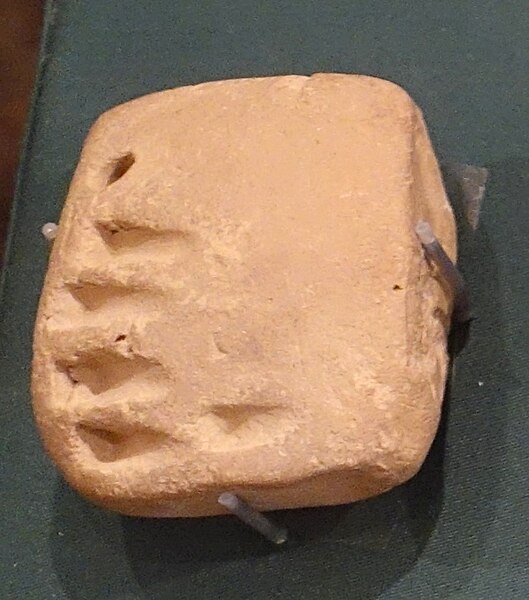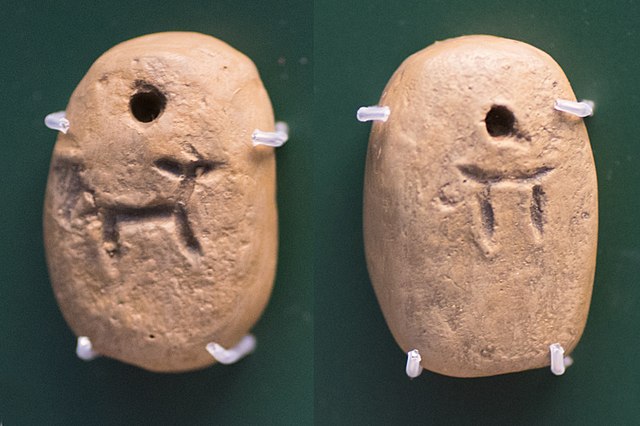The cuneiform sign ib, is a common-use sign in the Epic of Gilgamesh, the Amarna letters, and other cuneiform texts. Its common usage is syllabic for ib, or alphabetic for i or b/p; the "i" is also exchanged for "e" when spelling specific words in the Akkadian language. Cuneiform ib also can be found as sumerogram URTA,, and for example it is used in the Epic of Gilgamesh for the god's name: Ninurta, spelled DNIN.URTA.
Cuneiform ib/ip, 7th row, middle cuneiform sign.
Cuneiform is a logo-syllabic writing system that was used to write several languages of the Ancient Near East. The script was in active use from the early Bronze Age until the beginning of the Common Era. Cuneiform scripts are marked by and named for the characteristic wedge-shaped impressions which form their signs. Cuneiform is the earliest known writing system and was originally developed to write the Sumerian language of southern Mesopotamia.
A trilingual cuneiform inscription of Xerxes I at Van Fortress in Turkey, an Achaemenid royal inscription written in Old Persian, Elamite and Babylonian forms of cuneiform
Clay bulla and tokens, 4000–3100 BC, Susa
Numerical tablet, 3500–3350 BC (Uruk V phase), Khafajah
Pre-cuneiform tags, with drawing of goat or sheep and number (probably "10"), Al-Hasakah, 3300–3100 BC, Uruk culture





